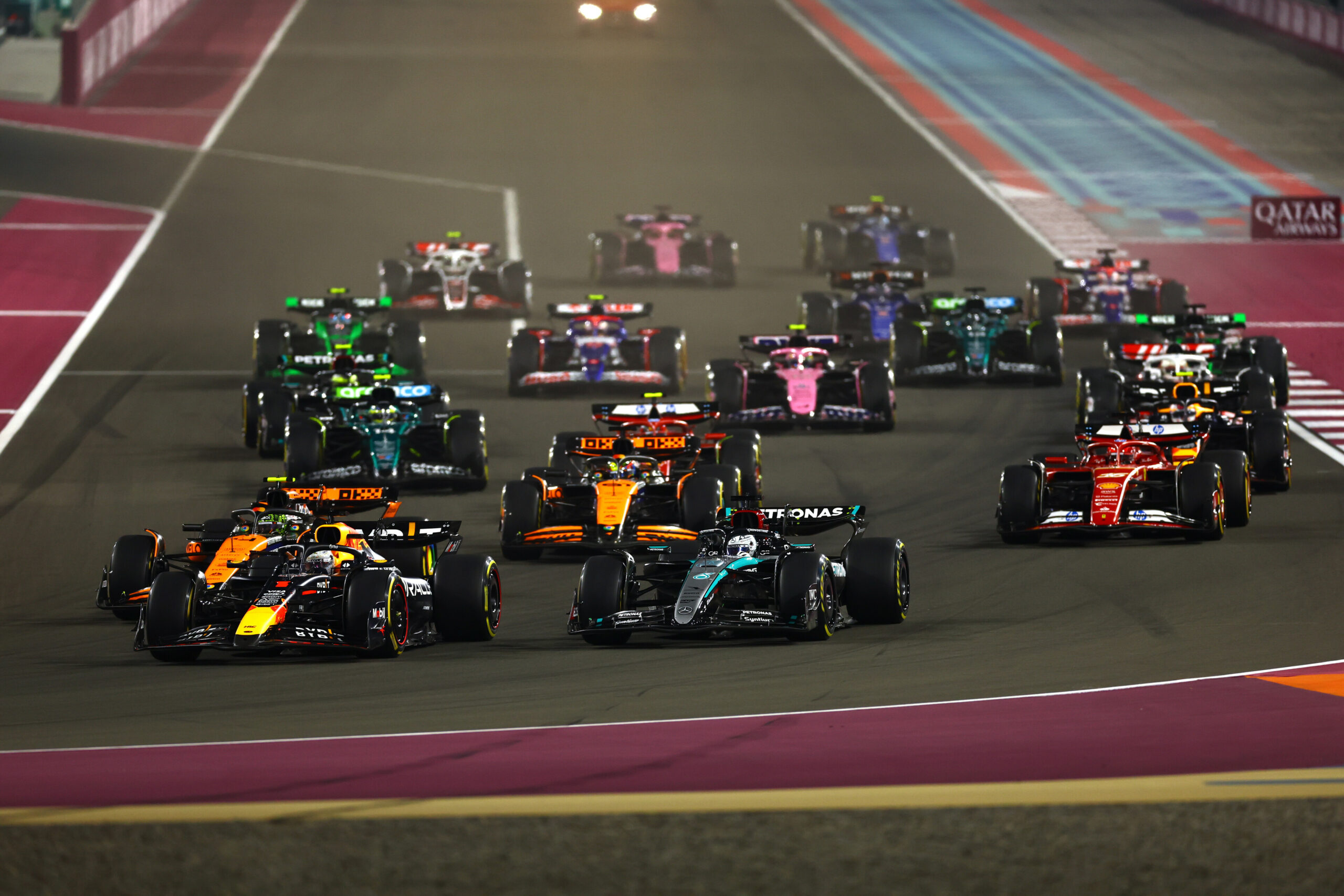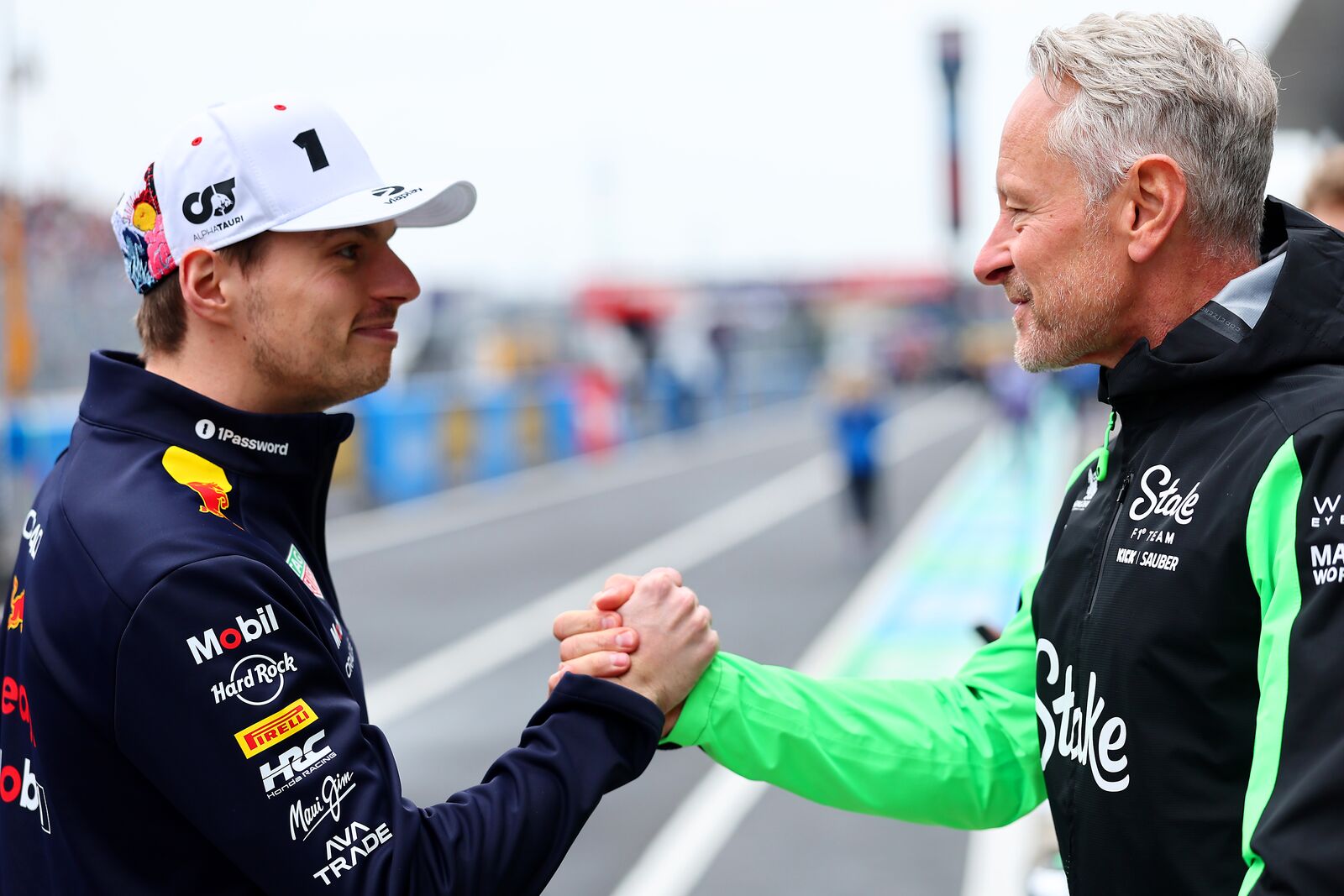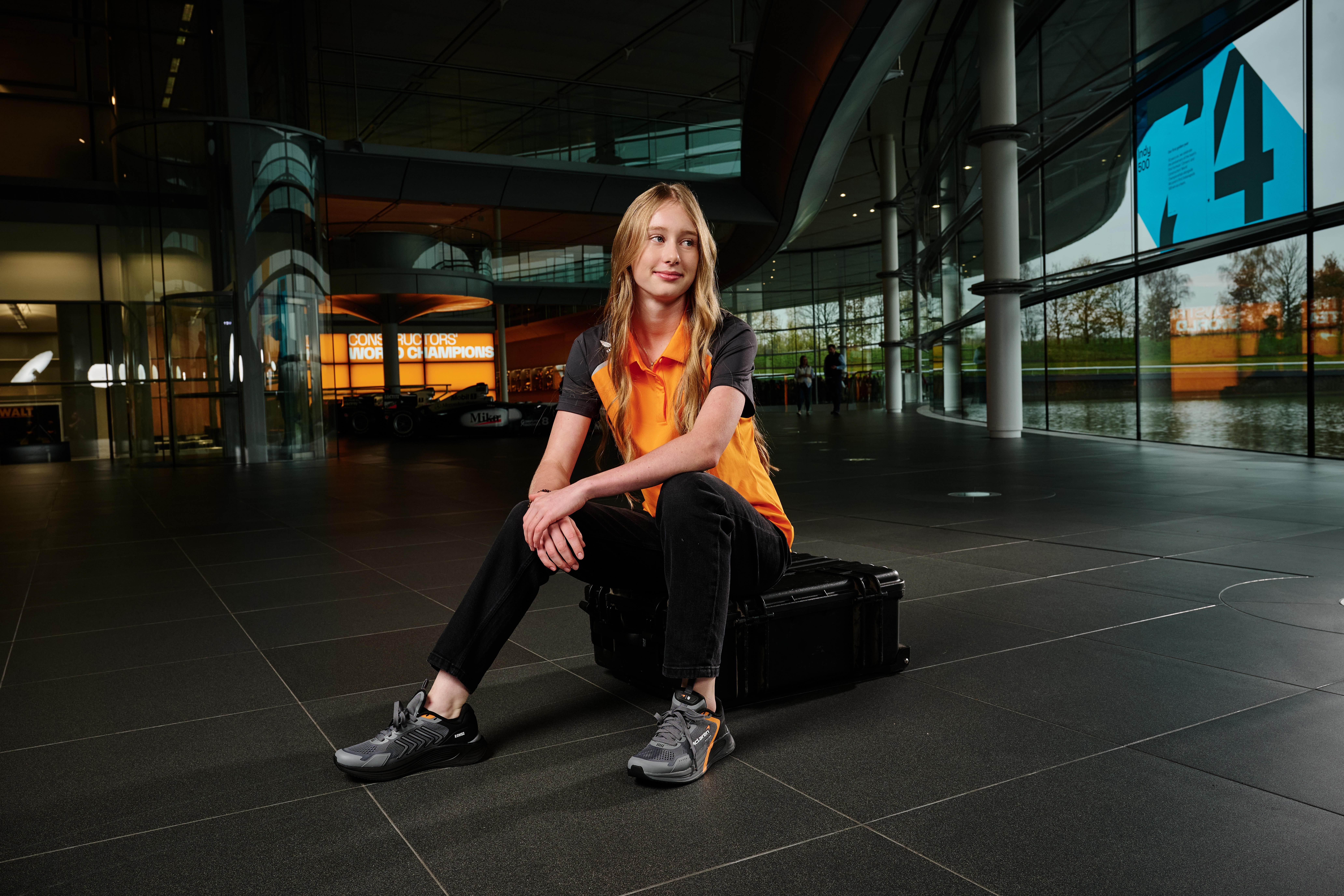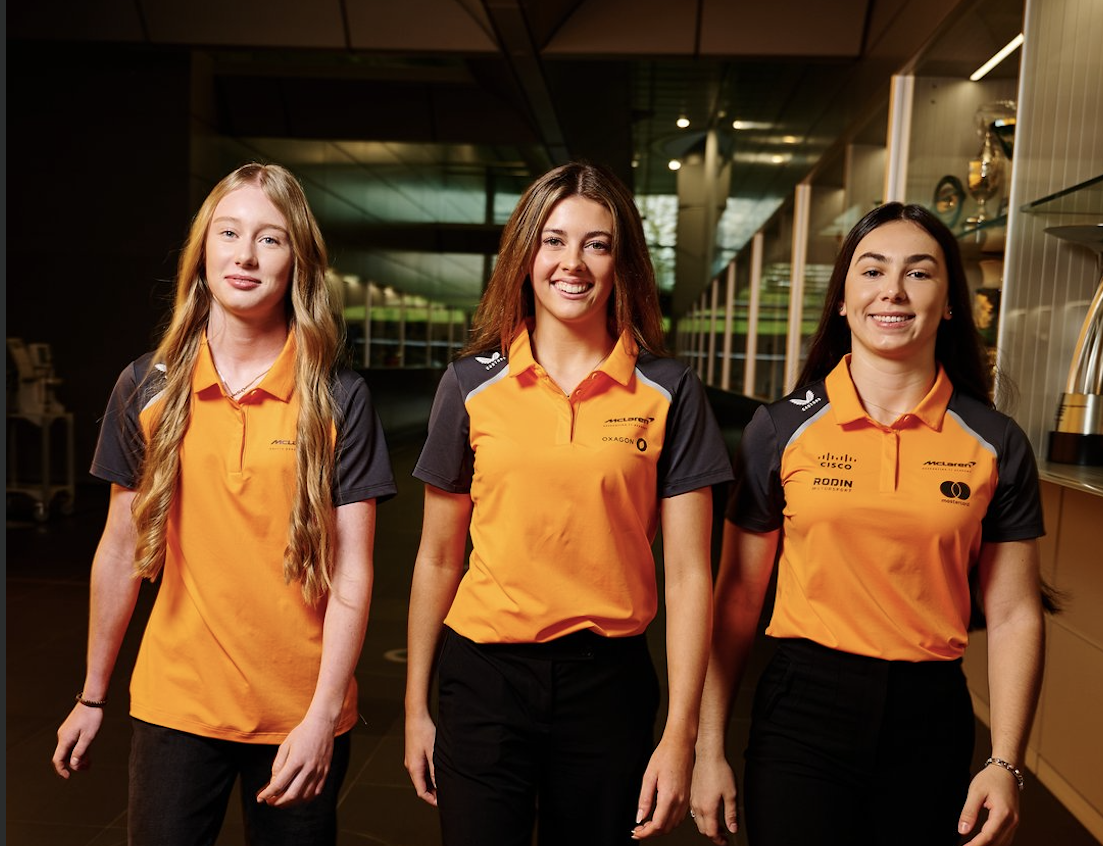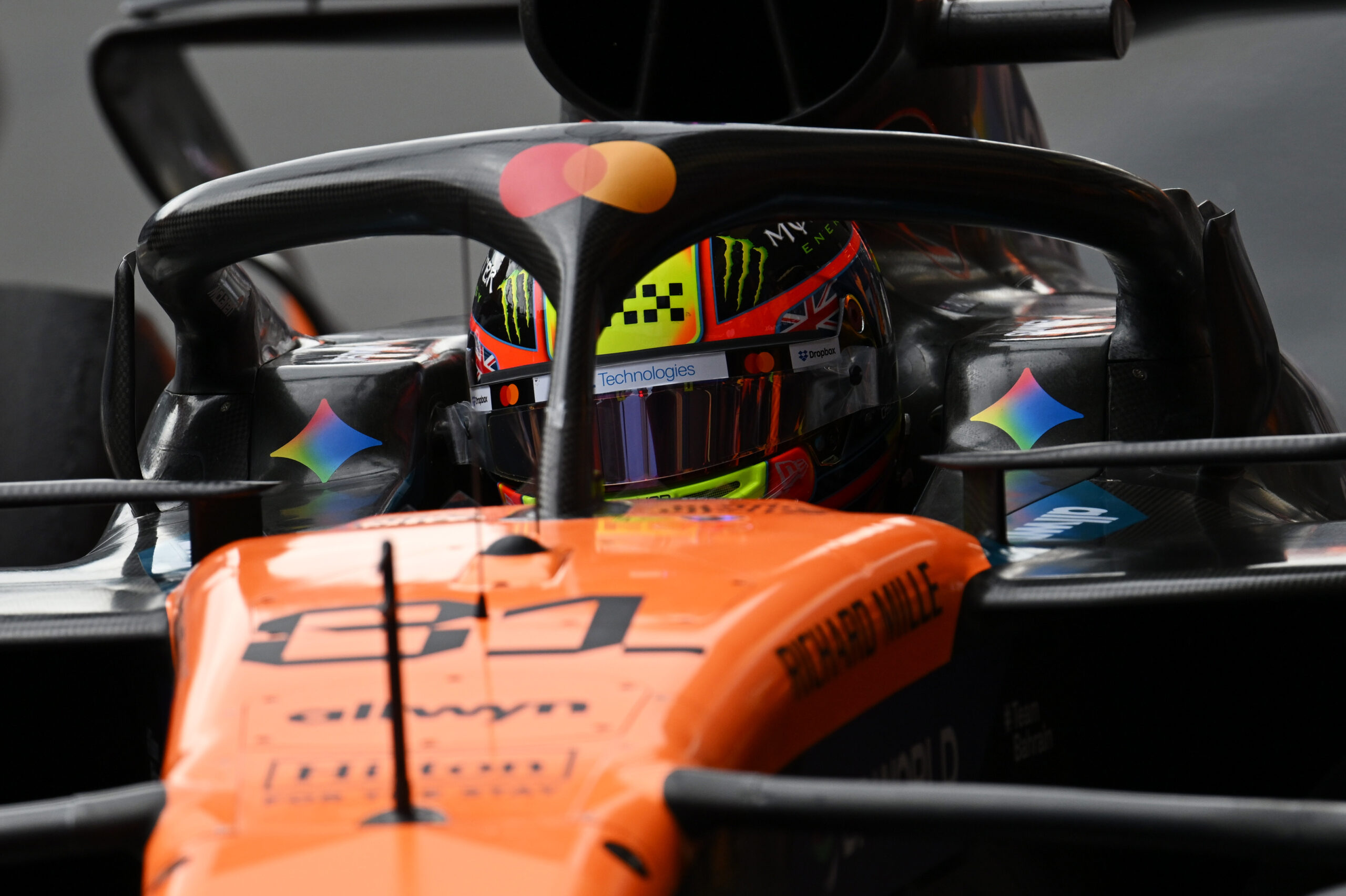F1’s last triple header of the season kicks off at the Las Vegas strip before the paddock heads east to Qatar for the year’s final Sprint. And as the sport returns to Lusail, the FIA, F1 and Pirelli have moved early to introduce a strict maximum tyre mandate for the Qatar GP. This ruling comes as a precaution designed to avoid any repeat of the tyre scares seen in recent years.
The Lusail International Circuit has been notorious for tyre wear concerns ever since its debut back in 2021. The track featured pyramidic kerbs that tore through tyre sidewalls in 2023. This led to the first ever stint limit of 18 laps. In 2024, those kerbs were rounded off, but volumetric wear still persisted due to the high-speed nature of the circuit.
Volumetric wear simply means the tyre is physically worn down and loses enough rubber that the carcass becomes more exposed, increasing the risk of punctures. Last year, both Lewis Hamilton and Carlos Sainz fell victim to it with front-left failures. With these issues in mind, Pirelli has imposed a mandatory 25-lap cap for every tyre set used throughout the weekend.
The decision came in today through official technical documentation, transforming the 57 lap race into a guaranteed minimum two-stop affair. The ruling covers every set of rubber supplied to teams across the entire race weekend, with the lap count accumulating through all track sessions. Crucially, Safety Car and Virtual Safety Car laps will also contribute to this total. However, formation laps and post-chequered flag touring don’t factor into the equation.
Pirelli wants avoid a repeat of 2024
Data from 2024 revealed several tyres had reached maximum wear thresholds. The left front rubber bore the brunt of punishment. It suffered under the relentless lateral forces generated through Losail’s sweeping high-speed corners. In the official statement, Pirelli said:
“This measure has been deemed necessary, following analysis of the tyres used in 2024. Last year, several tyres, particularly the left front, had reached the maximum wear level. These conditions, combined with the high lateral energy, had increased the structural fatigue of the construction.”
“In order to reduce the number of pit stops, the teams had worked on tyre degradation management, limiting performance drop off, which sometimes ran the risk of extending the stint beyond the useful life of the tyre.”
That tendency is precisely what this new rule seeks to stop. By capping usage outright, Pirelli believes it can remove the incentive for teams to stretch stints into unsafe territory, particularly in conditions where wear does not translate into immediate performance loss.
Hamilton and Sainz both suffered from punctures during the 2024 race. Speculations initially pointed to debris from Alex Albon’s discarded mirror, ran over by Valtteri Bottas was the cause for the punctures. However, Pirelli’s analysis quickly ruled that out stating:
“Looking at the telemetry data, obviously we noticed that the pressure loss was before Bottas hit the mirror on the straight. So basically, these punctures happened on other places of the circuit, because of other debris, or for other reasons.”
Looking ahead for the Qatar GP
For the final Sprint weekend of the year, Pirelli has announced that “Qatar will see the use of the hardest compounds in the Pirelli range: C1 as Hard, C2 as Medium and C3 as Soft. As this is a Sprint weekend, each driver will be supplied with 2 sets of Hard, 4 of Medium and 6 of Soft.”
Pirelli will inform all teams how many laps remain available on each tyre set before the Grand Prix starts. Qatar GP holds a ten-year deal with F1 that runs through the end of 2033. Officials moved the race from October to November last year after heat concerns emerged at the 2023 event.

